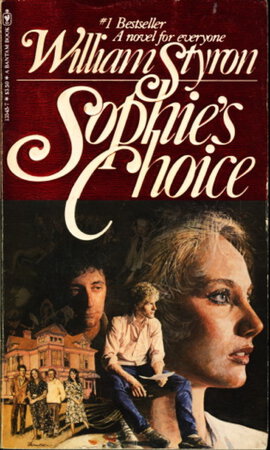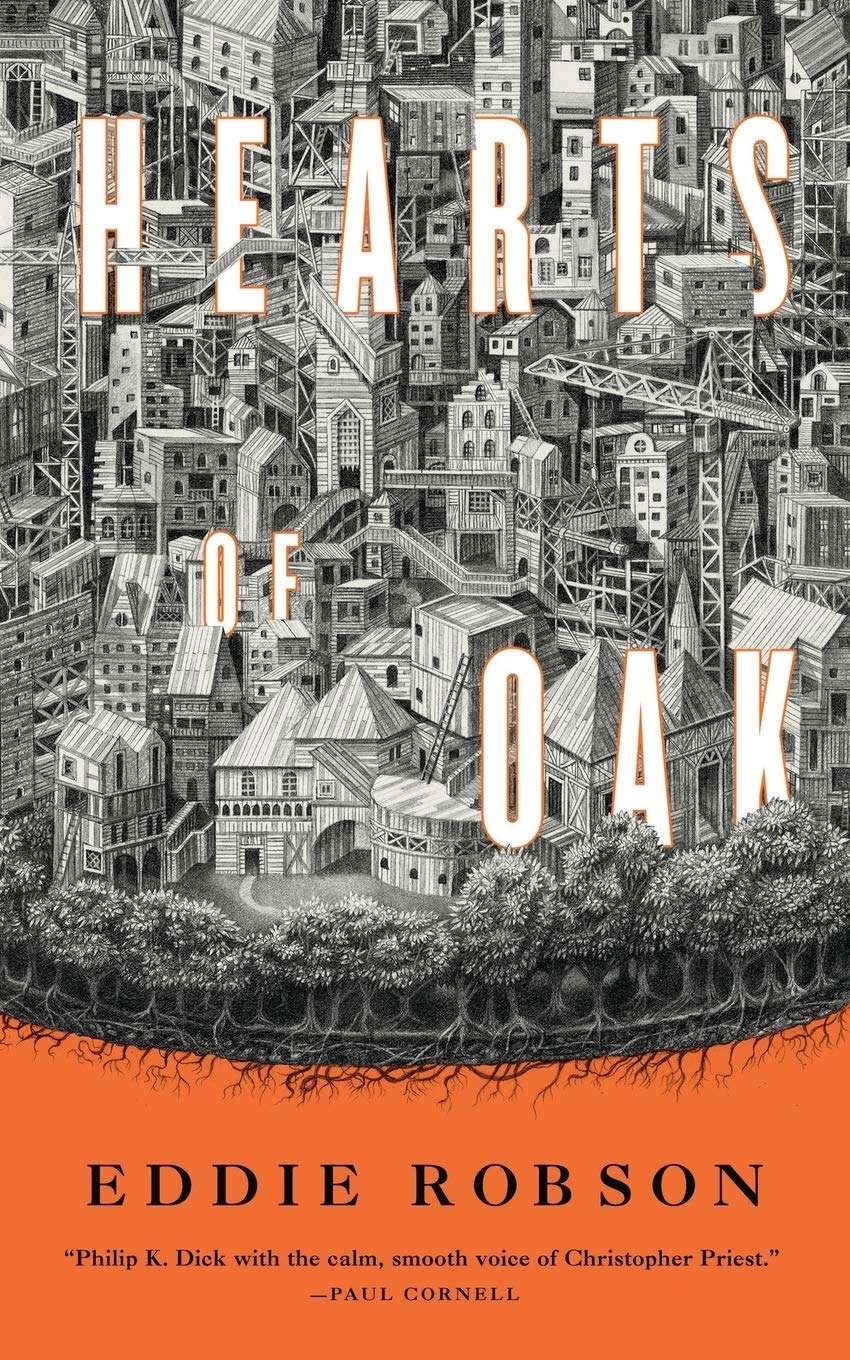Sophie’s Choice, by William Styron
In 1979, John Gardner wrote in his review of Sophie’s Choice, “guilt is everywhere,” a jolt in an otherwise positive review. He called the book a “splendidly written, thrilling, philosophical novel on the most important subject of the 20th century.” The assertion must have seemed radical at the time, for surely there were other events foremost in the collective memory — the Cold War? The Civil Rights marches? Vietnam? The assassinations of John Kennedy, Robert Kennedy, Martin Luther King?
Here’s Gardner again:
[Styron] shows us how serious this novel is as not merely a story of other people’s troubles, but a piece of anguished Protestant soul-searching, an attempt to seize all the evil in the world — in his own heart first — crush it, and create a planet for God and man.
There’s a story that when Styron was writing The Confessions of Nat Turner, his friend James Baldwin caught a glimpse of the early drafts and said,

“Bill’s going to catch it from both sides.”
That was a trend that would continue for Styron, as Sophie’s Choice brought controversy yet again. The thesis of the novel, that the evil of Nazi Germany threatened not only Jews but humanity as a whole, received sharp criticism. Thirty years in the past, the Holocaust was still on the periphery of American Jewish consciousness, but with the novel’s publication, Styron had a role in challenging prevailing thought, so much so that Sophie’s Choice came to be considered a revisionist view. By the mid-1980s, the Holocaust discourse, as it’s called, would emerge as a distinct idea, differentiated as Peter Novick says, “from other Nazi atrocities and from previous Jewish persecutions, singular in its scope, its symbolism, and its world-historical significance.”
Styron based his novel on his memory of a real-life woman named Sophie, a survivor of Auschwitz he met during in his youth in Brooklyn. From that encounter, he constructed a character, not Jewish, but Polish Catholic. The story is narrated not by Sophie, but the twenty-two-year-old Stingo, who has recently arrived in New York City from Virginia. A young and ambitious writer, he loathes his job as a manuscript reader at McGraw-Hill. The discontent manifests as a “work stoppage” that culminates in his letting loose a half-dozen balloons from his 20th-floor window at McGraw-Hill, a prank for which he is fired. Unsure of how long his funds will last, Stingo realizes he must finally write his novel, a point at which fate intervenes in the form of a letter from his father. Stingo turns out to be the recipient of a family inheritance based on the sale fifty years before of Artiste, a family slave. With this dreadful funding, Stingo goes to Brooklyn, rents a room in a Flatbush house to write his novel, and there encounters his neighbors Sophie and Nathan.
Sophie’s story — life before the war, her role in the Polish resistance, her arrest and imprisonment, and her life in Brooklyn with the charming and dangerously bipolar Nathan — is seen through Stingo’s obsessive desire for Sophie—one that drives the story, his coming of age set against a postwar New York, a time before the human cost of bearing witness to atrocity, and the trauma of war, was fully understood. Yet the novel endures, and its title has become a familiar figure of speech — used to describe an impossible decision no one would ever want to make.
—Lauren Alwan

